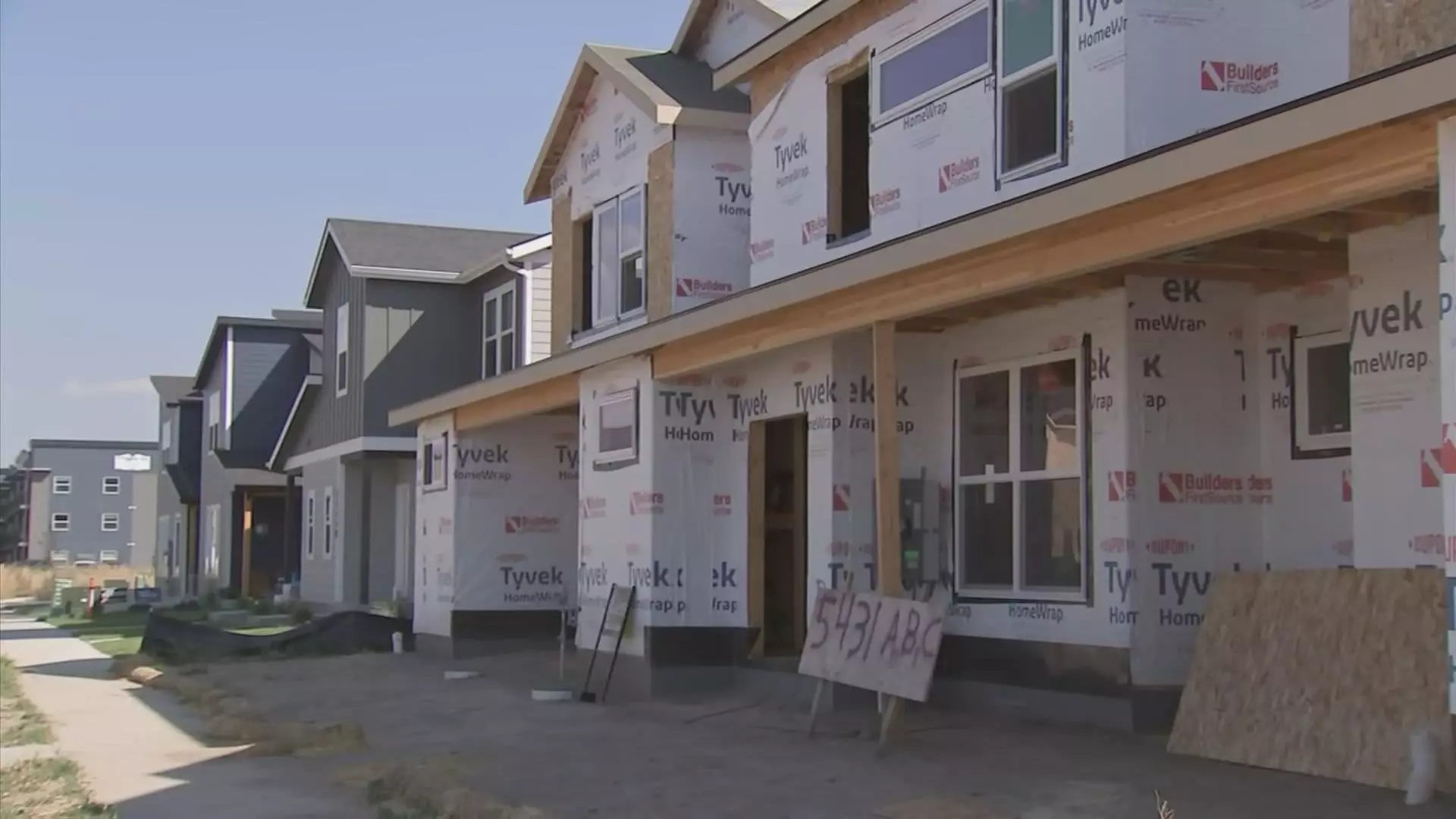The Housing Dilemma in Montana: Navigating Affordability Amid Political Tension

Montana is experiencing a significant housing crisis that reflects a growing national concern but is exacerbated here by unique regional dynamics. Over the past few years, a multitude of condos and duplexes have emerged in areas like Missoula, instigated by new zoning regulations aimed at addressing the rising affordability issues faced by Montanans. DJ Smith, the president of the Montana Association of Realtors, succinctly sums up the challenge: finding affordable housing in Montana has become increasingly difficult, particularly as demand from out-of-state buyers surges.
The influx of wealthy individuals relocating to Montana has fundamentally altered the local housing market. Smith pointed out that many of these newcomers have sold their homes in high-cost areas like California and Colorado, allowing them to enter the Montanan housing market with significant purchasing power, often paying cash. This phenomenon has not merely raised prices but has also led to the alienation of long-time residents who are being squeezed out of their communities.
Recent statistics are alarming; housing prices in Montana have skyrocketed by 66% over the last four years, significantly outpacing the national average of 50% for the same period. As the political climate shifts, these realities have become critical points of contention in local Senate races, with candidates forced to address the growing dissatisfaction around housing affordability.
Senator Jon Tester, a Democratic incumbent facing a tough re-election campaign, has prioritized housing in his platform, claiming the state is under siege from affluent newcomers looking to reshape it. Conversely, Republican candidate Tim Sheehy attributes the rising costs to inflation, which he blames on federal policies implemented by President Biden and supported by Tester. This political tug-of-war brings the housing crisis to the forefront of the election dialogue, highlighting the palpable unease among voters over affordability issues.
In recent debates, both candidates have articulated their perspectives on how to alleviate the housing crisis. Tester emphasizes comprehensive approaches, including grants for housing expansion and proposing tax credits to encourage mobile home park owners to sell their land to local residents rather than developers. Sheehy, on the other hand, urges the state to enhance trade programs to counteract the labor shortages affecting construction and repair work.
Increasing housing prices are compounded by a critical shortage of skilled labor in Montana. Builders like Andrew Weigand have reported that a limited pool of subcontractors—such as electricians and plumbers—exacerbates cost issues. High demand coupled with few available workers results in inflated pricing and project delays. Weigand’s concerns are echoed across the industry, as many aging tradespeople face retirement without a steady influx of younger talent to take their place.
Young people often shy away from pursuing careers in trades, leading to a gap that could significantly stifle home construction efforts. Without interventions to attract and train new workers, Montana might face escalating housing prices, ultimately leaving many residents unable to afford basic shelter.
Despite the gloom surrounding Montana’s housing situation, there are potential pathways forward. Tester’s proposals, which include targeted financial assistance and support for local initiatives, represent an effort to restore balance in the housing market. By encouraging home repairs and expanding housing stock, these policies aim to buffer the impact of outside money while supporting the local workforce.
Moreover, an improved apprenticeship system could entice young Montanans into the construction trade. Offering incentives for training and retaining local talent might bridge the labor gap and ultimately stabilize housing costs.
The situation in Montana reflects broader national trends but is distinctly influenced by the state’s unique demographics and economic conditions. As elections approach, candidates must navigate these complexities while addressing the urgent needs of constituents. The confluence of rising prices, labor shortages, and political competition presents a formidable challenge but also opens the door for innovative and proactive solutions. Whether Montanans can find stability in their housing market remains to be seen, but the dialogue is set to intensify in the coming months, making it a pivotal area of focus for the future.





